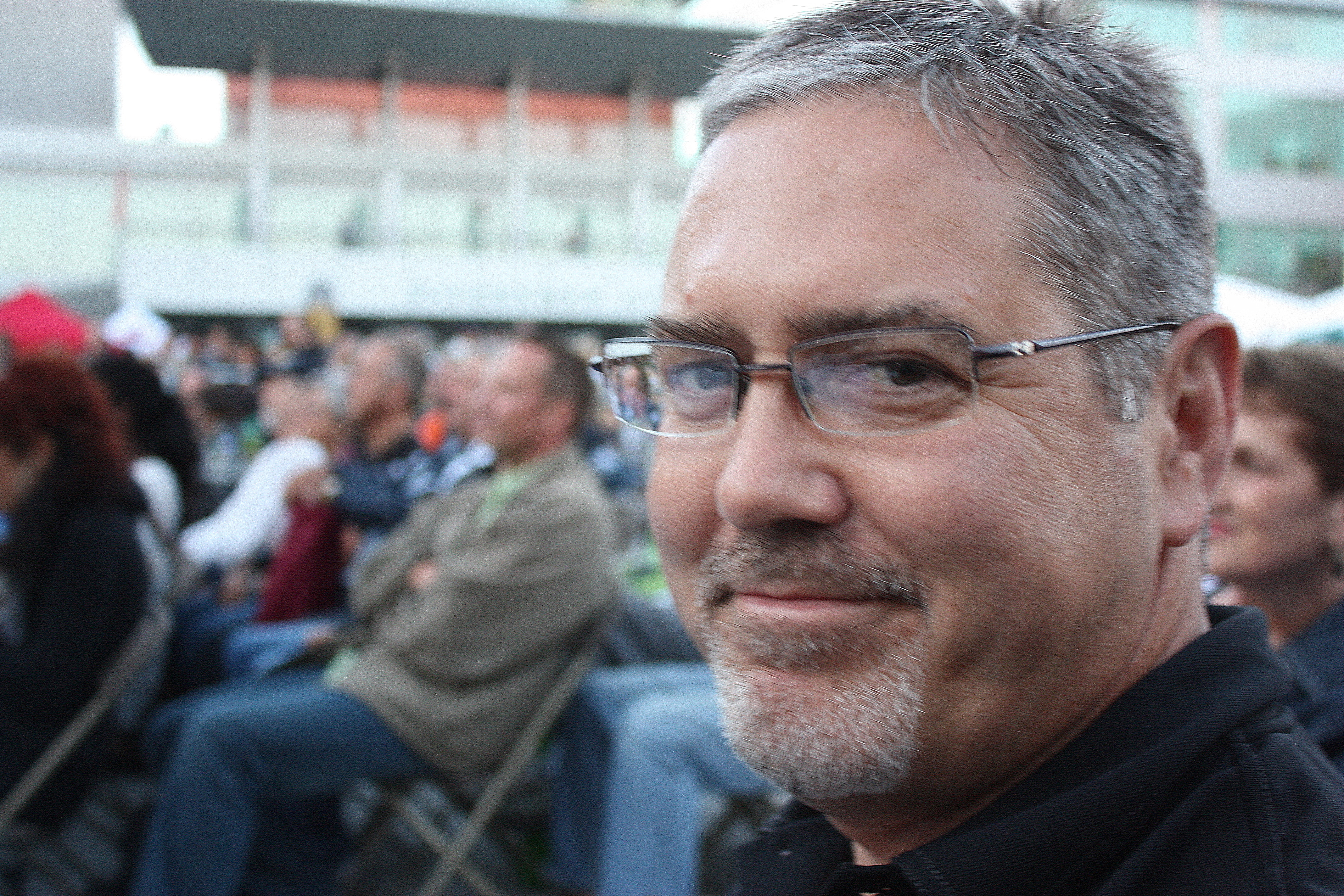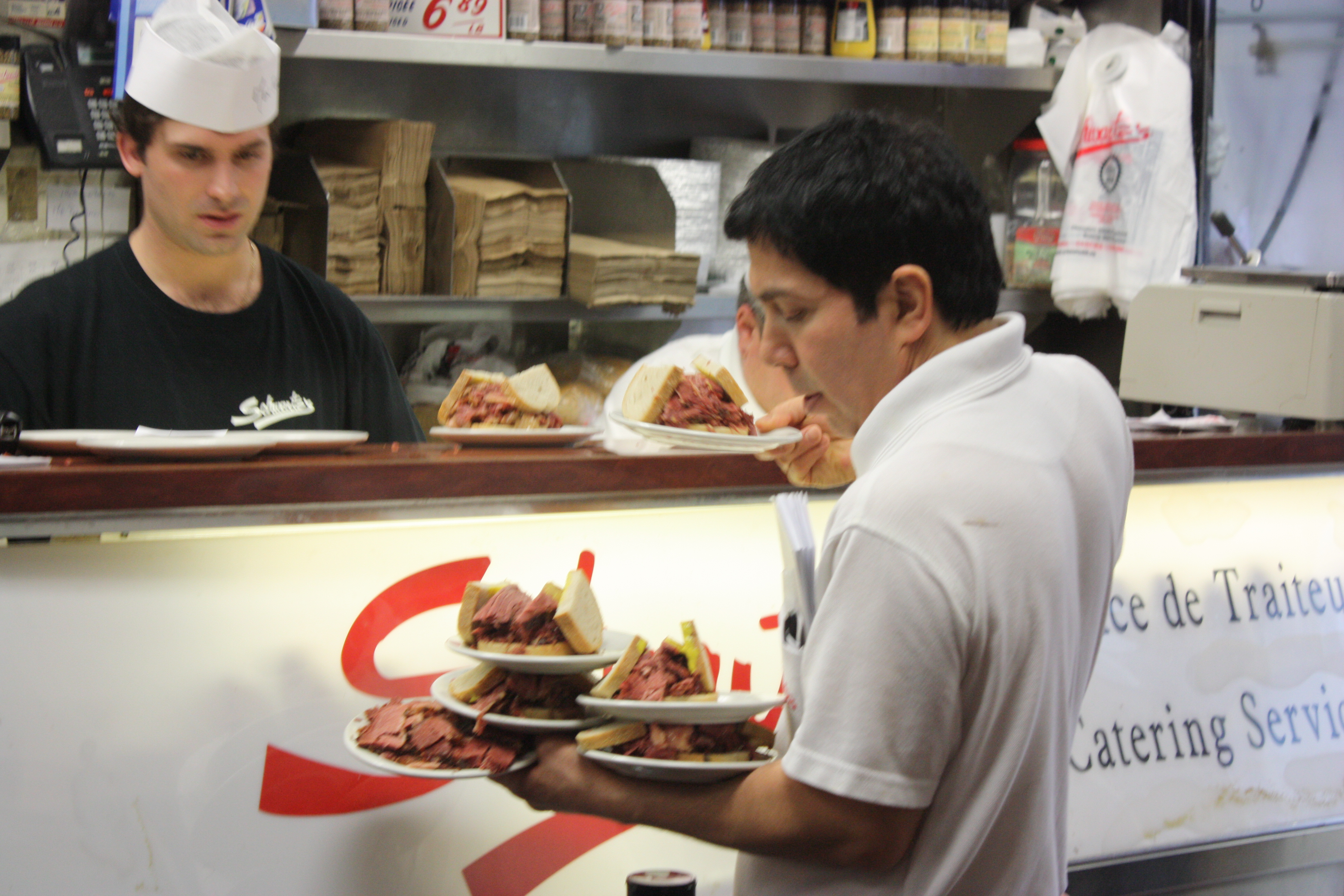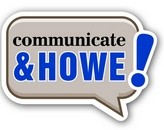Taking a great photo is easier than jumping through a hoop of fire!
I believe that photography, like any art, is a talent. And while nothing can replace a talented professional photographer, having one is not always necessary and you may not have enough budget to meet all of your photography needs.
The good news is that you can take pictures that you can use on your website, in your print publications and advertising that look great! I know because I have successfully done so for many years. What follows are some tips on how you can too.
I gained most of this knowledge from pros that I have been privileged to work with and trial and error from first hand experience. .
1. Know your camera
While having a digital single lens reflex (DSLR) camera can help, it’s not a must because you can take great photos with a point and shoot camera or even smartphones these days. No matter your camera, take some time to learn at least its basic function. Your knowledge will show in your results.
2. Take lots of photos
If you have ever been in a wedding party, you know that wedding photographers take lots and lots and lots of pictures and then some more. Why? The more photos they take the better their chances are of getting that one magical shot. Your chances of getting pro quality shots also increase with the number of photos you take. If nothing else, quantity expands the number of choice available and gives you or your graphic designer* more options rather than forcing you to settle for the best of what is available or avoiding use of photos. Of course, a pro is more likely to get a great shot quicker but they still tend to take many so that they have choices.

3.Use different perspectives
Most people take their photos from a stand up position or occasionally seated. While that is how we most often see the world, don’t limit yourself. Crouch. Lie down. Climb onto something. Lean over. Kneel. Point the camera up or down. Look at the world from a different angle. These new perspectives can increase your chances of capturing that special photo. Sometimes changing your perspective is the only way to get a photo.
4. Place your subject off centre

An easy way to take your photos to a new level is to put your subject to the left or the right of centre. If all your photos have the subject squarely in the centre, they start to look the same. Good design rarely if ever has everything centred.
If you want to get even fancier about it, Google “photo rule of thirds”.
5. Tell a story
A picture is worth 1,000 words. Or at least it can be. Use the ol’ grip and grin, a big cheque or people posed for a shot and you’re more likely to make eyes glaze over and send people to turn the page or find another website to visit.
 For a picture to tell 1,000 words or more, it must tell a story. Something needs to be happening in the photo that communicates your key message or the image must inspire people to want to learn more. It could be as simple as a camper’s face with a sparkle in his eye or it could be showing your program in action. A photo that shows a glimpse into your story can draw a reader in and make an impact that is hard to do with text that they may not read.
For a picture to tell 1,000 words or more, it must tell a story. Something needs to be happening in the photo that communicates your key message or the image must inspire people to want to learn more. It could be as simple as a camper’s face with a sparkle in his eye or it could be showing your program in action. A photo that shows a glimpse into your story can draw a reader in and make an impact that is hard to do with text that they may not read.
On occasion, a posed shot is ok but even then pay attention to the background and/or foreground since how it combines with your subject could tell a story.
6. Avoid using a flash
A common request from graphic designer’s when they know I’m off to take pictures is to avoid using flash photography. Natural or available light is much better than the harsh light from a flash especially if it’s hitting the subject directly. If there’s enough light and you’re using a DSLR, you’re likely to get pretty good results quite likely better results. Sure some types of light might have some funky results but they can often be addressed in the digital darkroom.
7. Take high rez photos
You’re better to take high rez photos (300 dpi) that can be used successfully on a printing press. The resolution can always be reduced to low rez (72 dpi) if the photo is being used electronically.
Concerned about having lots of huge files? Take the time to delete the ones that you know you won’t ever use and resize photos that you’re not likely to use in print. Of course, you can save your photos onto a portable hard drive too. But even then having a system for saving them and tagging them can help you out when you’re looking for them.
*Bonus tip:
A talented graphic designer can see potential in a photo that you don’t see. While they can’t perform miracles, they have been known to turn a pig’s ear into a silk purse such as by effectively cropping the picture. Give them your original files without any cropping or digital darkroom so that they can use their expertise to turn your photos into something magical.
Want to see more photos?
If you would like to see more of my photos to see my tips in action, regularly check out the Communicate and Howe! Flickr account to see some of James Howe’s latest shots. You can also see more in the slideshow on our landing page (including some creative shots of granite in the wild) or on our photography services page.
Your turn
What are your tips for taking better photographs? When should someone use a professional?






